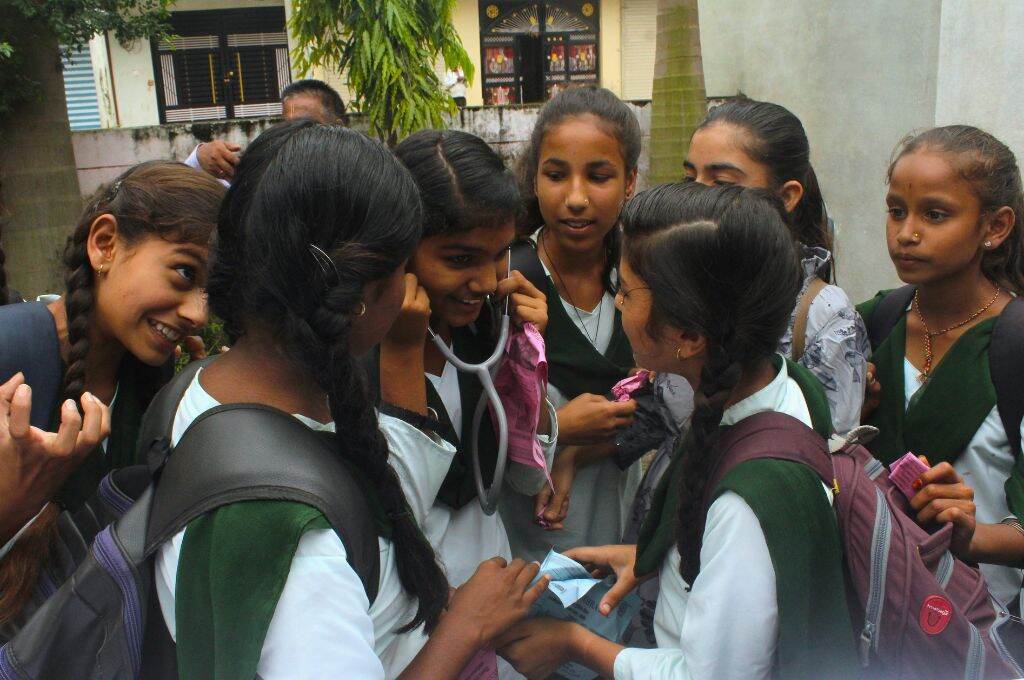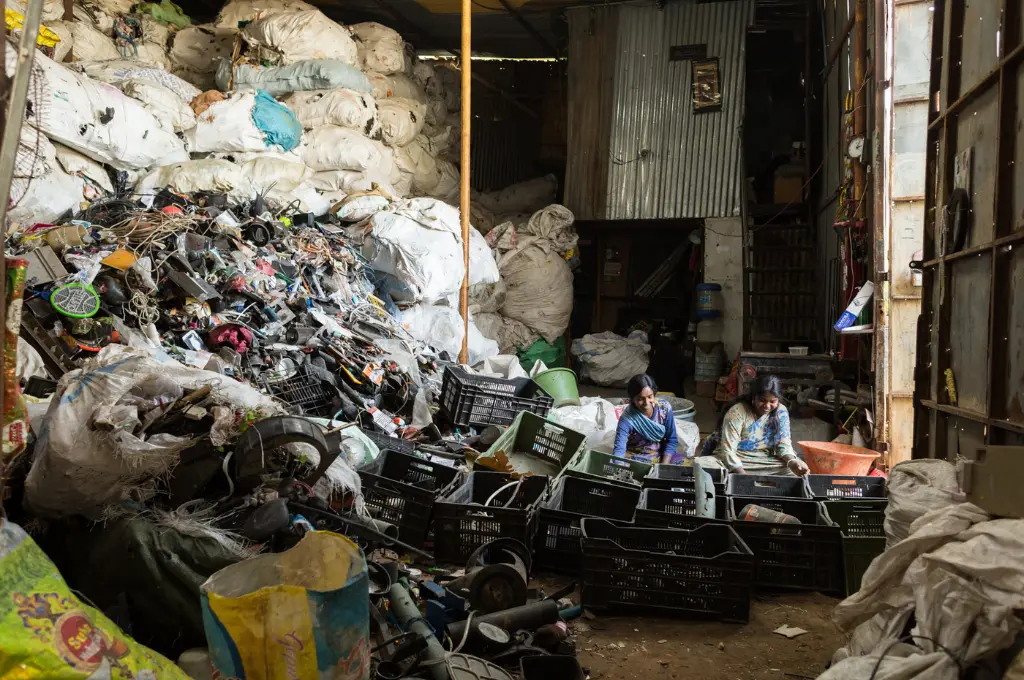The recently released Global Employment Trends for Youth 2022 by the International Labour Organization (ILO) presented some interesting observations, making it explicitly clear that it wasn’t smooth sailing for youth around the globe. According to the report, between 2019 and 2020, individuals in the age group of 15–24 experienced much higher unemployment rates when compared to those above the age of 25. Young people were especially affected because, as the report states, the focus for most employers was to ensure retention of their existing personnel rather than new recruitments.
While high-income countries are expected to recover their employment deficit from 2020 in 2022, low- and middle-income countries are unlikely to close that gap quite so quickly. India in particular has a much tougher challenge to overcome given that it is the only country where youth went further behind in 2021 compared to 2020. Bear in mind that, according to the report, young Indian men account for approximately 16 percent of the global workforce, and young Indian women account for 5 percent of the same.
The future of work will be influenced by technological innovations, demographic shifts, climate change, and globalisation.
As systems prepare solutions for recovering from the damage created by the pandemic, the report insists on adopting a human-centred approach while determining the strategy for investments of the future. It has become apparent that the future of work will be influenced by technological innovations, demographic shifts, environmental/climate change, and globalisation. In the larger spectrum of work that holds opportunities for the youth, the report details three economies as areas of investment for the future.
- Green: Roles that aim to address the environmental crisis
- Care: Roles that focus on human well-being and care
- Digital: Roles that leverage the internet and different forms of digital technology
While they are relatively niche ecosystems today, each of these economies is likely to be a more sustainable pathway for young people of the future.
Unfortunately, children and youth have experienced significant learning losses during the pandemic, which will inevitably hamper their progress in the future. India had one of the longest records of school closures around the world and experts suggest that not only did learning stall for many, but the long gaps have also resulted in learning regression. These economic and educational deficits are projected to result in an increase in ability vs aspiration mismatches, notwithstanding the gaps in access and awareness. If the goal is to prepare youth for the future of work, we need to enhance the following:
1. Awareness about the green economy
“Given the number of young people in India, we need to prepare them to be ready for this future. These sectors are often perceived to need more specialised skills and hence considered not very accessible for entry–level workers. It’s important to understand that it’s not only about preparing young people for careers in green, but also looking at understanding green in existing careers.” — Nikita Bengani, Director (Youth Programmes), Quest Alliance

With growing concerns around environmental sustainability, it is likely that the green economy will become a major employer in the coming years. This doesn’t just refer to new areas of work but also the green transformation of existing industries (such as automotive, electrical, construction, and hospitality). Interestingly enough, the green economy is expected to cover almost all sectors, either directly or indirectly. However, this transition will not be possible without widespread structural changes and investments to ensure that youth are given sufficient data and awareness about the skills required for engaging in these industries. The report states that, with the right resources (such as investment in green technology and research of green solutions), the sector is expected to add 8.4 million jobs by 2030 for the youth. It is an opportunity that shouldn’t be lost due to information asymmetry.
2. Accessibility of digital resources
“Digitisation and technology are increasingly affecting all sectors from finance to healthcare. Human capital continues to be particularly relevant in this technology-driven economy. While digital and technology-based jobs continue to increase and bring several opportunities, they also bring forth challenges about relevant skills needed to fill these jobs as well as their effect on gender diversity in these jobs. Going forth, it is crucial that the employment ecosystem comprising policymakers, training partners, and firms makes concerted efforts to address diversity at the workplace.” — Devanshee Shukla, Doctoral Candidate, INSEAD
As economies shift from agriculture to industry to services, there will be a natural rise in the use of digital technology. However, there is a tendency for these jobs to be concentrated in urban hubs rather than rural areas and be heavily influenced by the availability of digital hardware and internet connectivity. According to the report, the sector is expected to add 6.4 million jobs by 2030 for the youth, but due to the higher levels of technical proficiency demanded by the sector, there is a lot of work to be done if we are to prepare young people for such work. The upside is that all jobs in the future may not be wholly technical. The creative economy is heavily reliant on digital skills and roles in these domains are also expected to grow.
3. Aspirations around care labour
“Women dominated those sectors that were most adversely affected by the pandemic, such as health, education, and other non-professional personal services. What will be important to ensure is that women are better represented in formal sector work, in decent jobs, and in less precarious work. Currently, they disproportionately account for informal and less productive jobs. Training in soft skills, retraining in skills more valued by the market, and other interventions aimed at building employability and confidence can help bring back former workers into the workforce.” — Dr Anisha Sharma, Assistant Professor (Economics), Ashoka University
The care economy is responsible for fundamental services such as education, healthcare, and domestic work. However, there are several vulnerabilities associated with this sector due to the informal nature of most roles. Social protection for these workers is often lacking and monetary compensation is far lower than other sectors. During the pandemic, workers in this sector experienced significant pay cuts, reduced working hours, and increased exposure to COVID-19. It is expected that in the future, the care economy will continue to be a major employer of youth, especially young women. Investments will have to be made to ensure that the sector provides opportunities for decent work, including policy development to enforce ethical practices that can make the sector more aspirational for young people.
Skill development for the win
It is heartening to note that the report has clearly highlighted skill development and entrepreneurship as the key area into which systems need to invest if we are to improve resilience among youth and create more opportunities for decent labour.
However, it also highlights how the pandemic threw a wrench into the operating structure of several skill development programmes. Almost 70 percent of technical vocational education and training (TVET) providers in high-income countries were able to deliver remote training, but hardly anyone managed to pivot in low-income countries. More than 50 percent of training activities stopped in these low-income countries during the pandemic.
Very few organisations have been able to rapidly pivot and offer technology-enabled learning opportunities to the youth in rural India. The vast majority struggled with lockdown restrictions and their ability to connect youth to jobs dipped significantly, as evidenced by PMKVY 3.0’s average placement rate of 15 percent.
While there was a decline in women’s employment, more women reported enrolment in education compared to men.
It is also worth noting that while youth overall were negatively impacted, young women felt the brunt of the pandemic a lot more. The report indicates that across the globe women are more likely to fall into the NEET category, and states that the last two decades haven’t made any positive strides towards closing the gender gap. It was observed that the higher the levels of gender discrimination, unequal distribution of care work and restrictive social norms, more the number of women found to fall into the NEET category. The silver lining is that while there was a decline in women’s employment, more women reported enrolment in education compared to men.
At Pratham we have always maintained that the purpose of the skill development ecosystem isn’t to merely certify young people, but to help them find access to meaningful livelihood pathways, even if it isn’t the easiest solution to implement. The youth need to be equipped with an assortment of skills, ranging from transferrable core competencies to highly technical industry-specific knowledge, if they are to enter these new sectors.
In order to keep up with these needs of the future, the ecosystem and all its stakeholders must transform. While the development sector may spearhead solutions designed to help overcome these gaps today, policymakers and philanthropists alike need to join hands and make investments that can help reduce these vulnerabilities in the future.
—
Know more
- Learn what India’s young people look for when they seek employment.
- Read the ILO report, Present and Future of Work in Least Developed Countries.
- Read the ninth edition of ILO Monitor on the World of Work.





